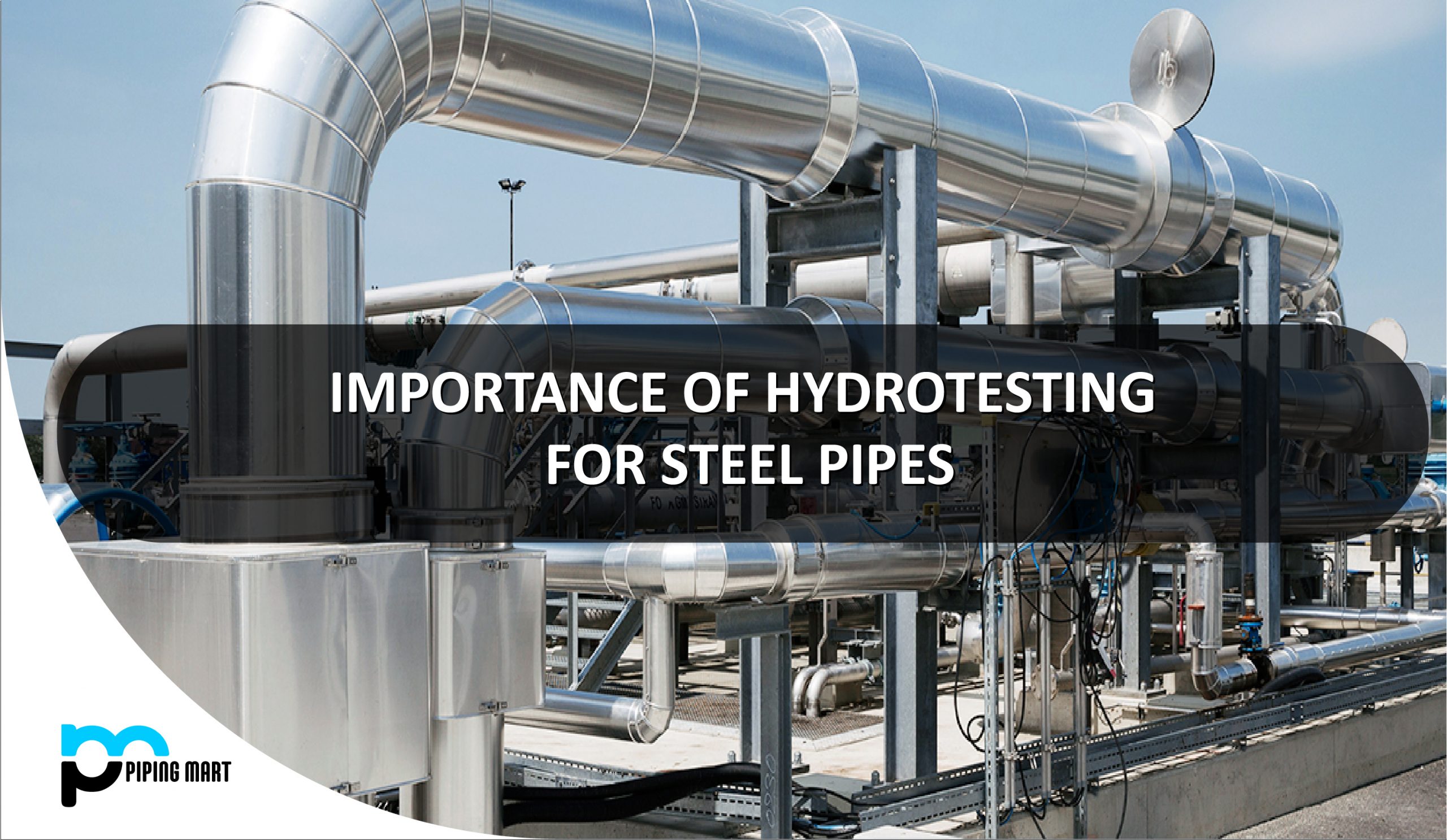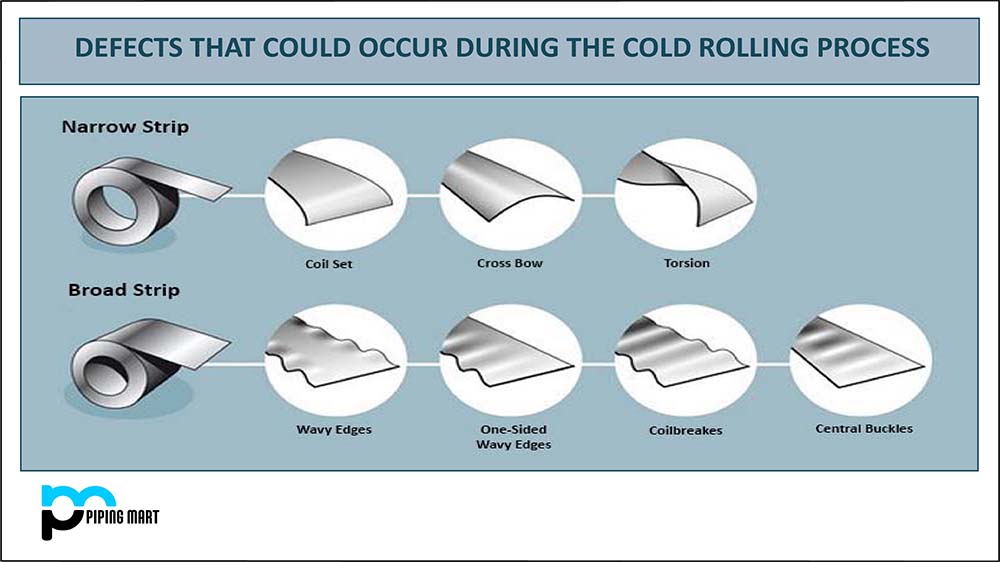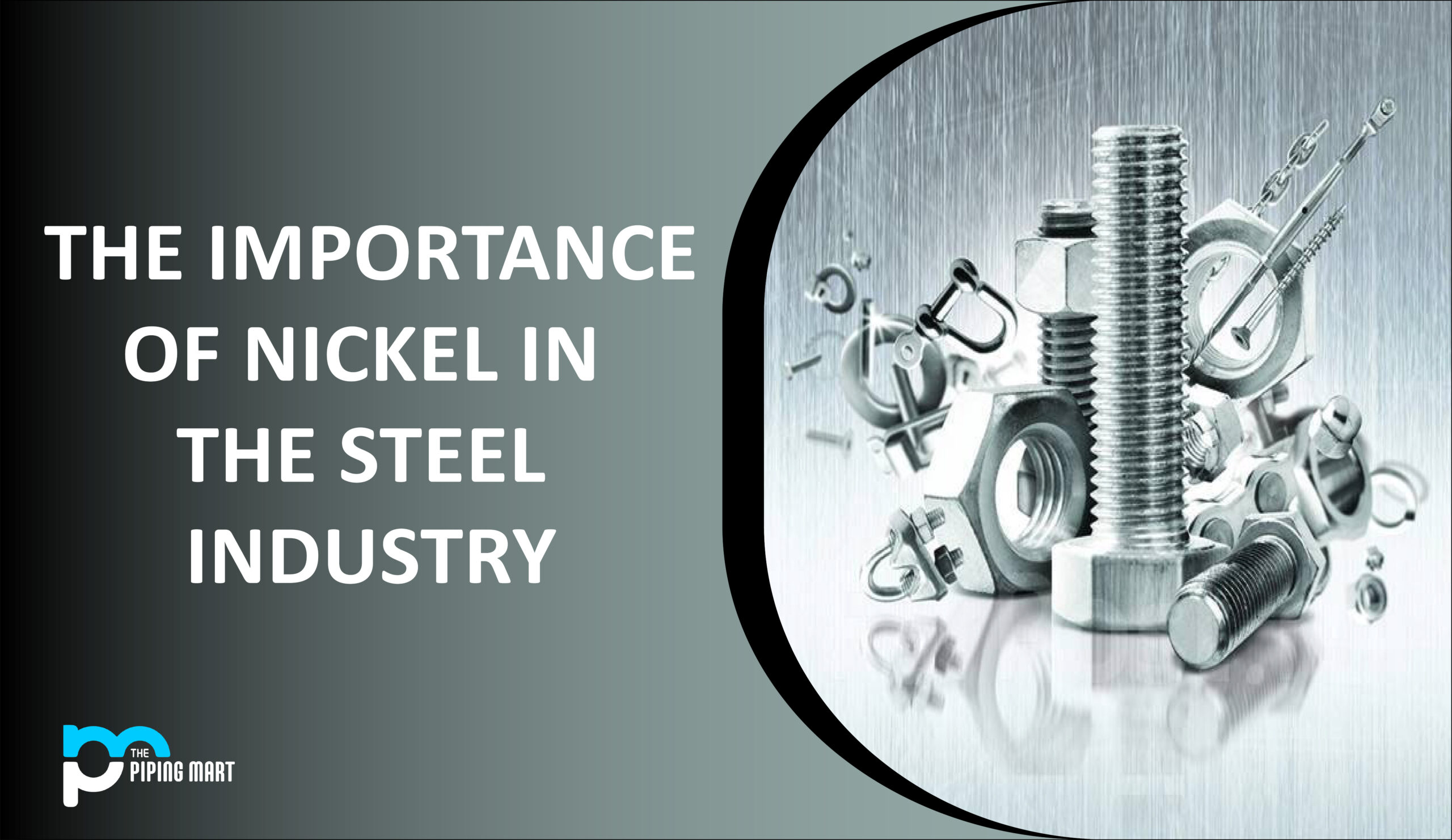- Accurate equipment inspection
- Structural integrity assessment
- Identifies flaws in the pipe
- Simulates high-pressure environments
Steel pipes are among the most essential materials utilized in a wide range of systems, including petrochemical, plumbing, irrigation, and other structural applications. Pipe manufacturers must confirm that their pipes are capable of meeting specific standards to evaluate their quality and safety in a particular environment. With this in mind, the significance of hydro testing for steel pipes should not be underestimated.
Although steel has various features that make it one of the most trustworthy alloys in the metal manufacturing sector, this is not a guarantee of the quality of its resulting products. Steel pipes may include imperfections that were not discovered during the production process. If you’re going to purchase these materials, make sure you get them from a reliable supplier. They assure that all of their pipes, whether black galvanized iron, steel, or red-painted, have passed comprehensive and 100% hydrotesting as a quality control measure.
There are several steps to the hydro testing process, which help to address any difficulties that may arise throughout the pipe-making process. Continue reading to learn more.
What is Hydrotesting?
Hydrotesting, often known as hydrostatic testing, is a technique of testing and inspecting any sort of plumbing or pipeline equipment for major faults. This is accomplished by using a hydrostatic tester, which gauges the level of expansion that occurs in the pipe when under pressure. If low pressure is detected, it is a good indication that some leaks in the pipe must be repaired promptly. An excellent pressure rating, on the other hand, indicates that the pipe is of high quality and may not require additional post-processing.
Accurate equipment inspection
Any manufactured pipe product should be subjected to a thorough equipment examination. Professional pipe suppliers, understand the significance of verifying every piece of equipment that passes through their facilities. Materials that have just undergone surface-level testing may not be suitable for their intended application, which is why a more extensive testing procedure, such as hydrostatic testing, should be done.
Shoddy or haphazard practices are minimized by careful examination. Vessel manufacturers aren’t just eyeballing the quality of their products because there might be issues that aren’t detectable through simple examination. Before the testing step, each pipe is thoroughly cleaned on the inside and out. Water is required to fill the pipe inside a test jacket before it is pressurized, depending on the testing method. Alternatively, the volume of the pipe when unpressurized can be evaluated.
Structural Integrity Assessment
Another reason why hydrostatic testing is significant is that it evaluates the structural integrity or strength rating of the pipe. The structure of the pipe is evaluated and analyzed when the component is subjected to pressure or water jacket testing, for example. This can offer manufacturers with information on the quality of their pipe-making methods.
Non-seamless pipes, for example, must be measured for structural integrity. A steel billet is first rolled for this type of pipe before the ends are welded together using a welding technique. Welding faults will affect the strength of the pipe. As a result, hydrostatic testing is performed to rectify any faults or to confirm that these defects do not reappear in future manufacturing.
Identifies flaws in the pipe
Manufacturers put all of their available pipes to hydrostatic testing before distributing them to the market. This allows them to detect the occurrence of defects in the products. Pipe-testing work is then performed as part of the normal maintenance of a pipeline or tubing system. Wear and tear can damage the quality of the pipe, thus it must be inspected regularly for any problems that may arise to evaluate the pipe’s serviceability.
Leaks, cracks, and pitting corrosion are some of the defects that might take place on the pipe. These issues can be found directly or indirectly by using a certain level of specified minimum yield strength test, or SMYS. Hydrostatic testing can sometimes be performed in combination with other techniques and materials, such as an in-line inspection tool.
Simulates high-pressure environments
Another important hydrostatic testing technique used on all steel pipes is the proof-pressure test. In this technique, the pipe is tested at a higher pressure rating than the one that it was given. By considerably boosting the pressure during the testing process, the manufacturers develop an understanding of how the pipe will perform in the actual environment.
High-pressure testing helps verify the robustness and durability of steel pipes. Fluid transmission is a high-pressure and high-temperature activity; by being able to handle these stresses, the vessel may be marked with a rating, designating it for these functions. The pipes may now be distributed for sale in the market, and any pipeline or tubing work where they would be utilized can be assured of their safety rating. Any future repair or replacement work may be done without risk of bursts or leakage.

Pipingmart is B2B portal specializes in industrial, metal and piping products. Also, share latest information and news related to products, materials and different types grades to help business dealing in this industry.




